Tobe
Editor's Column "Craft Production Regions" VOL.4 AD
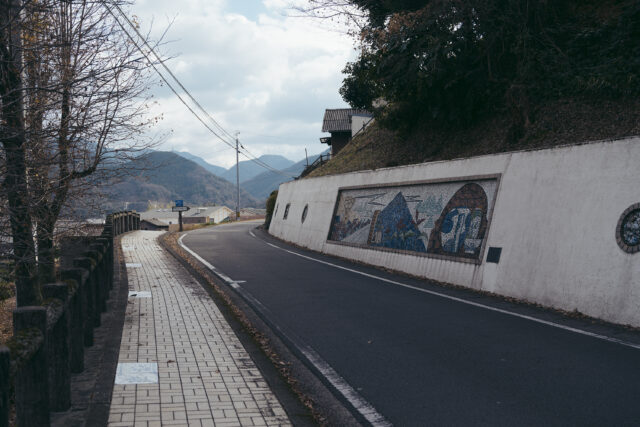

VOL.1-4
Update
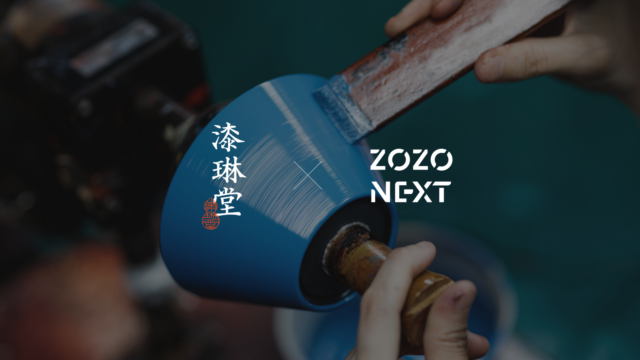
VOL.1-19
Update
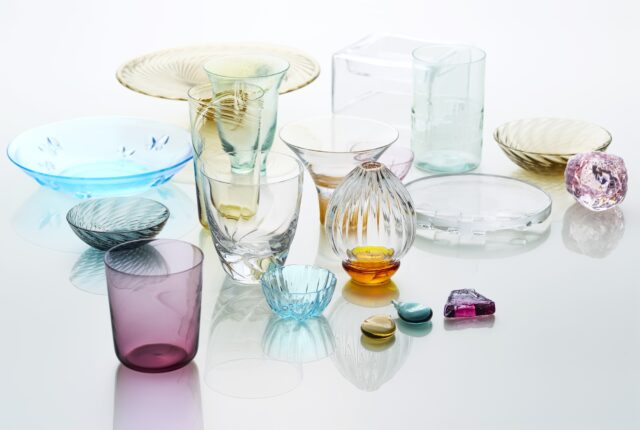
VOL.1-17
Update
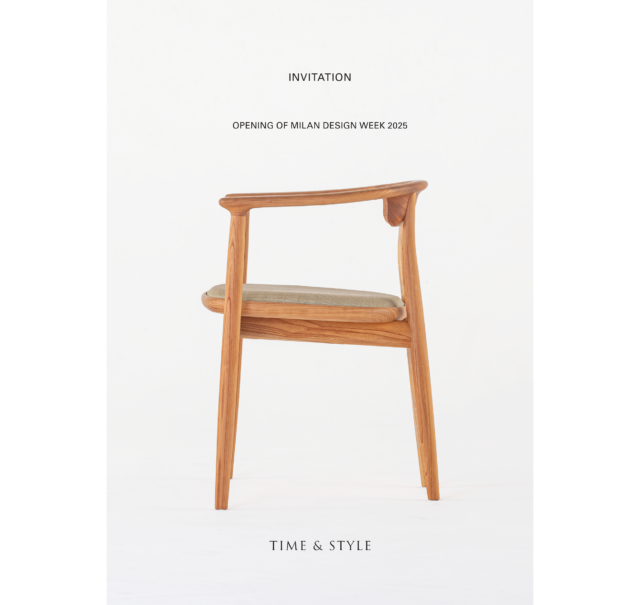
VOL.1-43
Update

VOL.1-2
Update
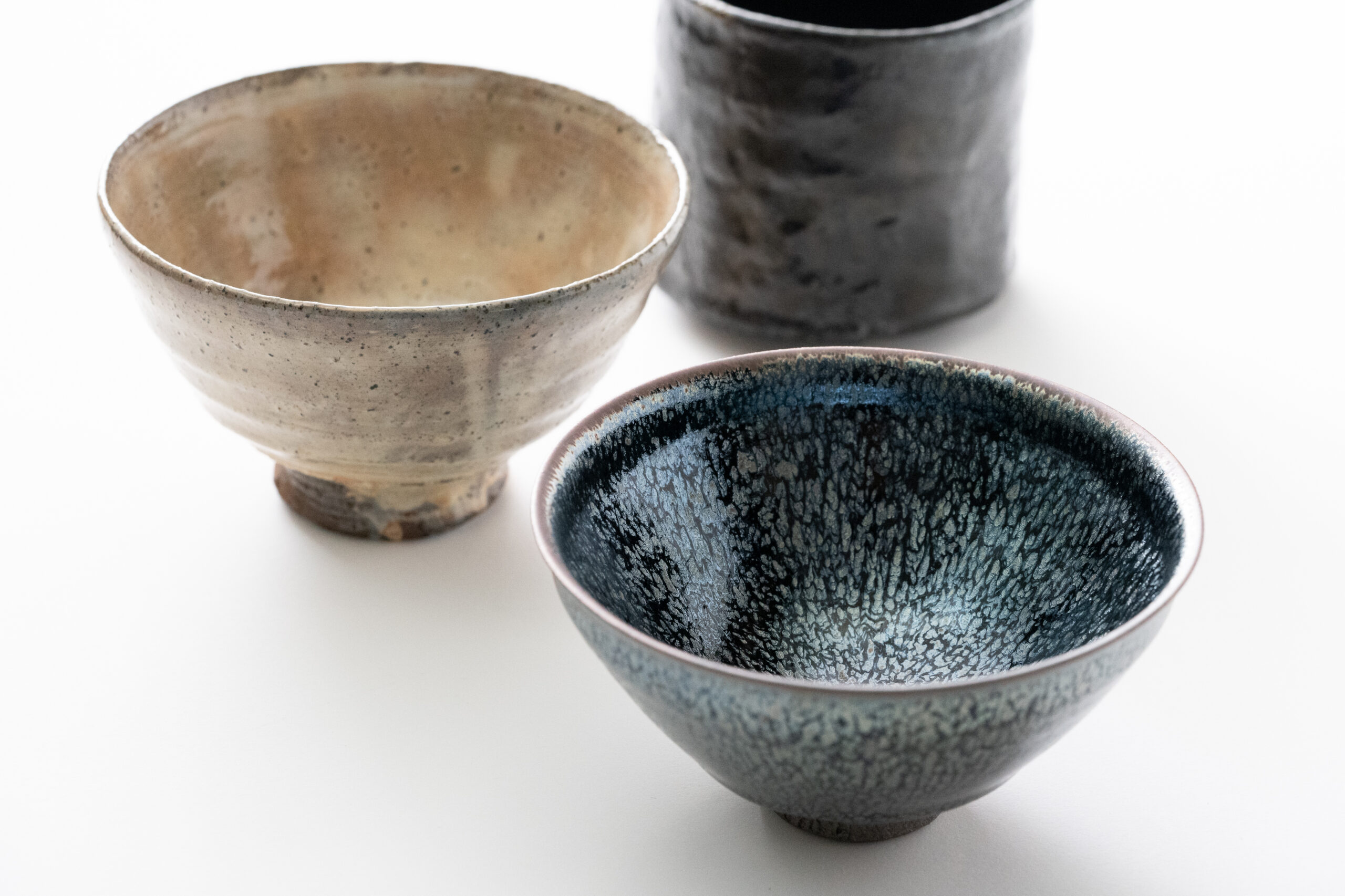
VOL.1-3
Update

VOL.1
Update
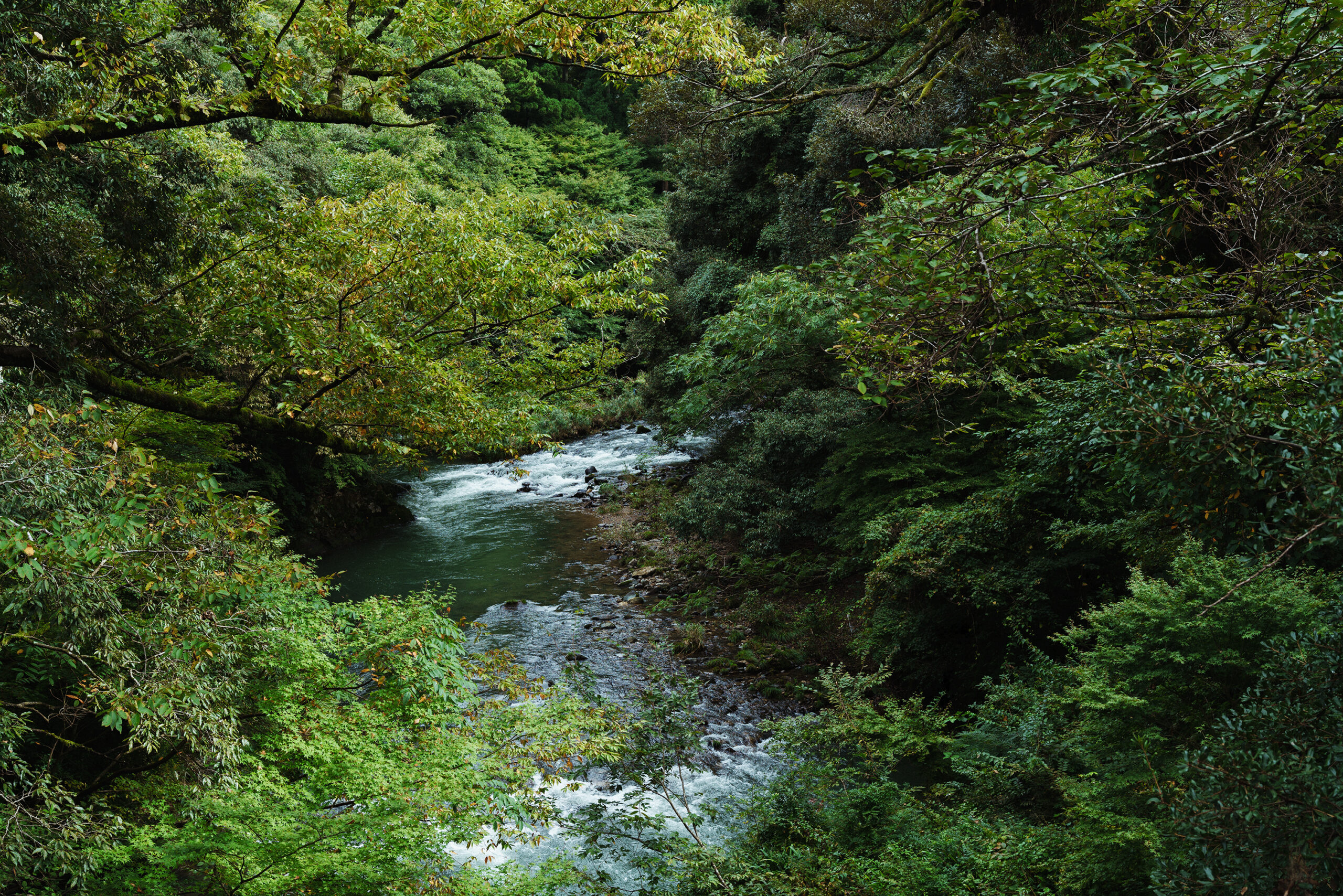
VOL.1-7
Update
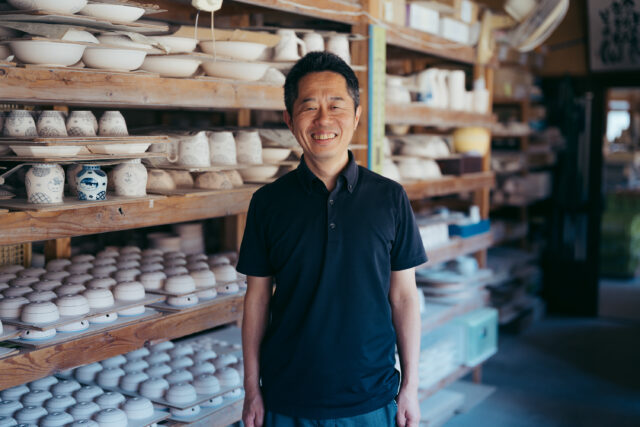
VOL.1-32
Update

VOL.1-26
Update
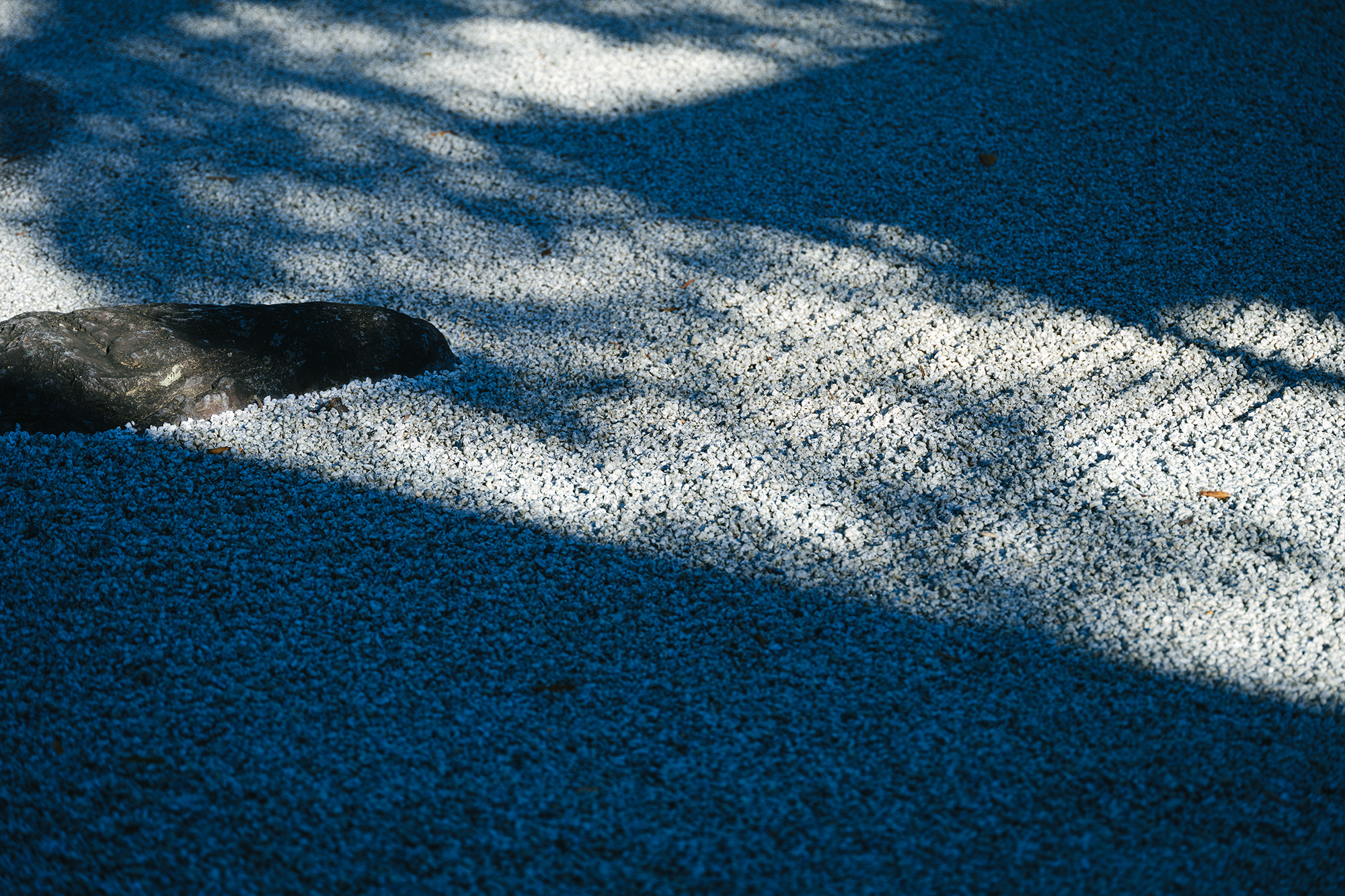
VOL.1-12
Update
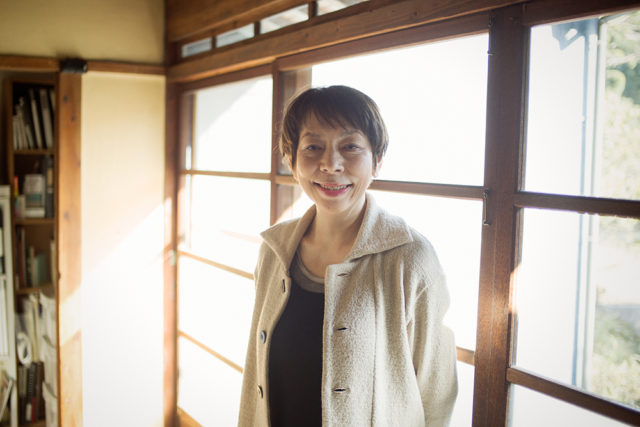
VOL.1
Update
We share a variety of information and perspectives on Japanese crafts, including exhibition information and interviews.
Editor's Column "Craft Production Regions" VOL.4 AD
KOGEI Topics VOL.19
New Products VOL.17
Featured Exhibitions & Events VOL.43
Apr 5 – Jun 22, 2025
SEIKADO BUNKO ART MUSEUM
Apr 8 – May 6, 2025
The Gotoh Museum
Apr 11 – Jun 15, 2025
Kyoto City KYOCERA Museum of Art
Apr 12 – Jun 29, 2025
TOGURI MUSEUM OF ART

The fires have been burning at Asahi-yaki Kiln, one of the seven kilns of Enshu, in Uji, Kyoto Prefecture, for over 400 years. The 16th generation head of the kiln, Hosai Matsubayashi, has devoted his energies to creating works that express a modern interpretation of “kirei-sabi,” a style that combines the rustic beauty of wabi-sabi with a refined elegance. This aesthetic, favored by the tea master Kobori Enshu and passed down through generations of Asahiyaki, represents the “harmony of dualities” that Hosai XVI strives to portray.
This piece, “Tea Bowl, Geppaku Overglaze with Gold,” is created with traditional Uji clay on potter’s wheel, as white slip and geppaku (“moon white”) glaze are poured and gold decoration applied to its chamfered surface. The way the geppaku glaze melts in the nobori-gama kiln and forms fine kan-nyu crackle over the rustic clay and slip evokes the fresh beauty of hydrangeas, with a translucent pale blue that is simply stunning. Using gold was a challenge for Hosai XVI, but by carefully balancing its application he has succeeded in creating a new form of artistry that blends matte and glossy brilliance. This work is an innovative masterpiece, showcasing a high level of ornate decoration while also expressing an elegant harmony of beauty.